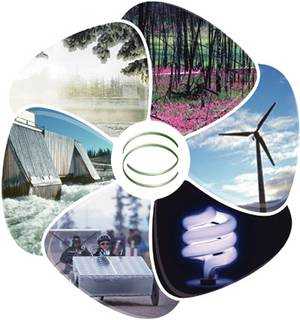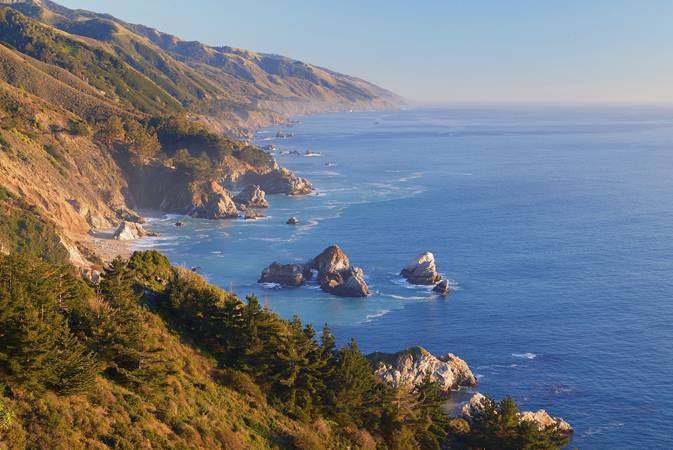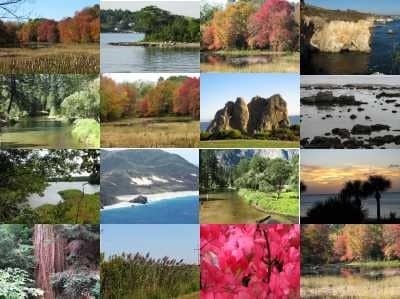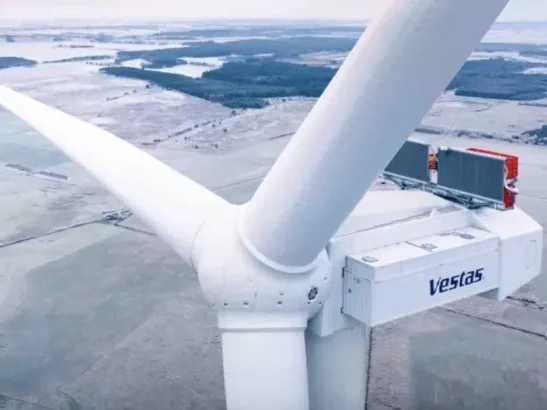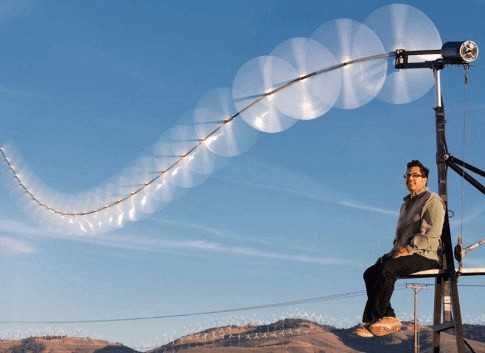Renewable Energy – Part 1
The Future of Alternative Energy – “The future belongs to renewable energy ” says MWPS World. The use of Alternative Energy is on everyone’s mind and scientists and industry experts may disagree over how long the world’s supply of oil and natural gas will last, but it will end.
While renewable energy is in some cases more expensive than conventionally produced supplies, alternative power helps to reduce pollution and to conserve fossil fuels.
We are running out of fossil fuels and we can’t just wait for more to appear, we need to act now to find sustainable, ecologically friendly renewable energy sources.
DID YOU KNOW THAT
• The United States has 1.6% of the world’s oil but it uses 24% of the world’s oil production.
• If captured, the solar radiation reaching the earth’s surface in one year could provide more than 10,000 times with the world’s yearly energy needs.
• If 20% of US electricity were obtained from wind power, it would reportedly reduce greenhouse gas emissions equivalent to taking 71 million cars off the road.
• The US’ energy needs are so high that all of the wind energy (kinetic energy) from an area the size of Wyoming would need to be captured every day if power would be to be generated by wind power only.
• The US could replace all its cars and trucks with electric cars powered by wind turbines taking up less than 3 square kilometers.
• If all the passenger vehicles in the United States were lined up bumper to bumper, they would reach from the earth to the moon and back! The amount of fuel consumed in these vehicles each year is enough to fill a swimming pool as big as a football field that is 40 miles deep!
• In 2009 the US relied on fossil fuels to supply about 85% of its energy needs, while renewables such as wind, solar and biomass accounted for about 7% of US energy consumption. Nuclear power supplied the remaining 8%.
• More than 150 years ago, wood, which is one form of biomass, supplied up to 90 percent of our energy needs.
• Fossil fuels only form naturally and they take millions and millions of years to reform
• If all of the corn produced annually in the US were converted into ethanol, it would be able to replace about 7% of the total oil consumption in the US each year.
• Between 1999 and 2007, drilling permits for oil and gas extraction on US public lands increased more than 361%.
• The US consumes approximately 320 billion gallons of oil per year. 70% of it is used for transportation.
• Despite the fact that, in one second, the sun provides enough energy to power the entire world population for 500,000 years, we’re harnessing less than 1% of its energy.
• Right now, biofuels account for only $23 billion of the $1.3 trillion we spend annually to fuel transportation such as cars, trucks and airplanes.
• Nearly 80% of the fossil fuel reserves in the world are coal, but coal mining is decreasing with every day that passes and not because of a lack of resources but because of the cost of extraction.
• The 2000s saw enough wind and solar power sources installed in California alone to power over 15 million homes but that’s still a small drop in the ocean.
Beautiful Nature must be preserved
“America can be the 21st-century clean energy leader by harnessing the power of alternative and renewable energy, ending our addiction to foreign oil, addressing the global climate crisis and creating millions of new jobs that can’t be shipped overseas” – Barack Obama, US President-elect 2009
As the prices of traditional energy sources such as gas and coal continue to climb and the design and efficiency of offshore renewable energy technologies improve, these energy sources are becoming more economically competitive with traditional energy sources. The alternative energy sources such as wind, solar, wave and current power—hold significant potential to alleviate the growing energy demands of society.
Studies carried out found wind power to be by far the most desirable source of energy.
DID YOU KNOW THIS ABOUT WIND POWER?
• The UK is the windiest country in Europe, so much so that the UK could power their country several times over using this free fuel.
• A modern wind turbine is designed to run continuously for over 20 years, or for 120,000 hours. By comparison, the design lifetime of a car engine is 20 times less at only 4,000 to 6,000 hours.
• Wind turbines are a remarkably robust technology, designed to be operated remotely, needing only 40 hours of maintenance time per year. There are wind turbines installed and generating electricity in the desert, the Arctic and even in the North Sea.
• A typical turbine in the wind richest country, the UK, will generate over 4.7 million units of electricity each year, that’s enough to make 170 million cups of tea a year, to run a computer for 1620 years, or to meet the electricity demands of more than 1,000 homes each year.
• The blades on a modern wind turbine sweep 48 tons of air every second, that’s the same weight as 10 elephants or 5 Double Decker buses.
• Every unit of electricity from a wind turbine displaces one from conventional power stations
• The impetus for modern wind turbines came with the oil crisis of the mid-70s and the technology advanced so rapidly that wind energy is listed as one of the top ten inventions of the 1980s.
• In the last 20 years, the power production of wind turbines has increased by a factor of 100, while the costs of generating electricity from the wind have fallen by 80%.
• The wind is the fastest-growing energy source worldwide and has been for over a decade with an annual growth rate of 30%.
• The global wind industry has an estimated annual turnover of £5.5 billion, 84% of which is based in Europe.
As to the studies, Biofuels from corn and plant waste come right at the bottom of the list, for the most desirable source of energy along with nuclear power and “clean” coal.
The alternative energy sources that are most promising are, in descending order:
• Wind Power
• Concentrated Solar Power (mirrors heating a tower of water)
• Geothermal energy
• Tidal energy
• Solar Power (solar panels feeding storage batteries)
• Ocean Wave Energy
• Ocean Thermal Energy
• Hydroelectric Dams
• Biomass

